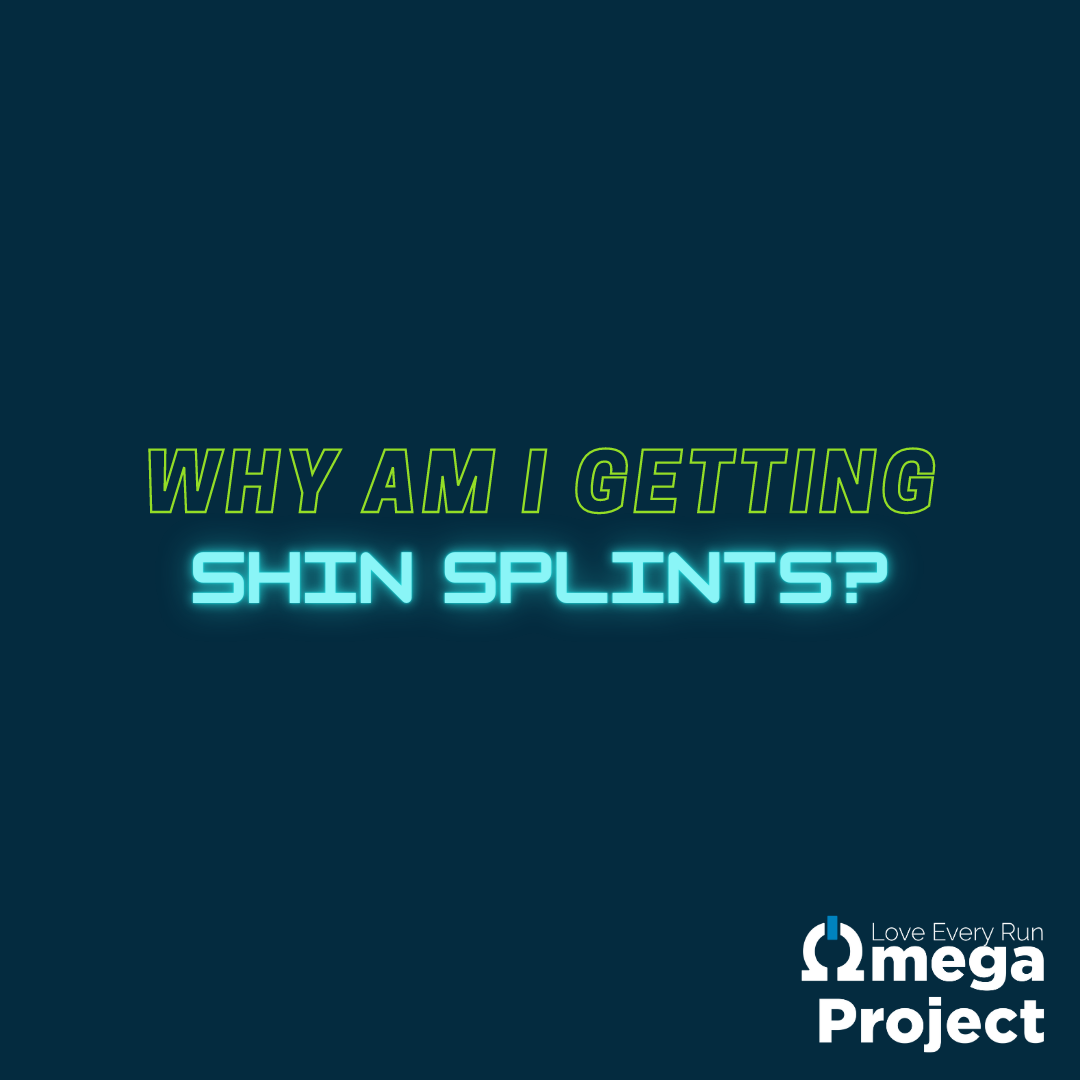Last week we discussed the anatomy and type of shin splints that can occur; the WHAT. This week we want to take a deeper dive into the WHY of shin splints. As we mentioned, this is one of the more common injuries that we see amongst runners as well as other athletes that do a lot of running (soccer, lacrosse, field hockey players!).
#1: Rapid increase in Training Frequency and Intensity
Whether it’s going into preseason after doing minimal running in the off-season, ramping up your mileage, increasing your days per week of running, or going from couch to 5K, a rapid increase in frequency, volume, or intensity of running is one of the most common reasons that shin splints develop.
Any time we start to rapidly increase the amount of load/force that we introduce to our body, there is a high likelihood that our body will rebel.
To avoid this:
- Work closely with a coach or PT to put together an appropriate training program
- Give yourself days of rest and utilize lower impact cross-training (walking, biking, and swimming) to improve aerobic capacity and cardiovascular endurance.
#2: Musculoskeletal Reasons
- Hip Weakness
If the musculature around the hip that controls pelvic stability and hip abduction is weak, this can cause collapsing mechanics and pelvic drop, which ultimately causes additional strain on the structures further down the chain, particularly the shin.
- Foot Weakness
This can cause over-pronation of the foot, often known as a “collapsed arch,” which in turn causes increased stress and strain on the tibialis posterior muscle (one possible type of shin pain) and on the shin bone itself.
- Bony Deficits
At times, shin splints, particularly stress fractures, can be a sign that there is a more notable underlying issue with bone health. We tend to see this in our younger female athletes, but it can certainly happen to anyone, and it is important to speak with your doctor regarding proper diagnosis and medical intervention if a bone health issue is suspected.
Other Considerations:
#3: Change in Running Surface
Be conscious of the type of surface you are running on. Maybe you have always been a trail runner, but now you are doing more road running or have started to implement some hill runs. While it is great to vary your runs, avoid any significant change in surfaces for long-distance running or back-to-back training days.
#4: Shoes, shoes, shoes!
One of the most common questions we get as PTs is “What type of shoe should I wear?” This is a difficult question, as there is never a one-size/type fits all shoe.
Generally, shoes are not the first thing we strive to change, especially if you are in a shoe that you have liked for a long time. Often, before we opt to change the shoe someone is wearing, we will try some taping techniques or even recommend an over-the-counter orthotic (for temporary use).
We will have a future post that discusses shoes in more detail, but for now, consider the following:
- Injury can occur due to:
- A recent change in the type of shoe (dramatic change in the amount of drop in a shoe or going from a cushioned shoe to a minimalist shoe)
- Going “cold turkey” into a brand new pair of your favorite shoes.
- Be mindful of how much mileage you have put on your shoes. The typical recommendation for mileage on a pair of shoes is 300 miles at a minimum and 500 miles at maximum.
- If you are new to running or just on the market for a new running shoe, 2 great local resources are:
#5: Running Gait
There are multiple common deficits with running gait that can place additional stress on the tibia/shin. Common gait patterns that we see associated with shin pain are:
- Overstrider Mechanics: foot landing too far out in front of the body
- Weaving Mechanics: landing in a position where the foot crosses the midline of the body (criss-cross gait pattern)
- Collapsing Mechanics: where we see pelvis drop when one leg is planted on the ground.
Adequate strength, flexibility, and mobility does not always translate over to great running mechanics. However, there are many ways that we can train and practice our running to optimize mechanics and decrease unnecessary strain on our bodies.
If you have been struggling with shin splints without relief, consider a 3D gait screen and PT evaluation.
For more information or to make an appointment, call 302-570-7027
OR
Schedule online at:

